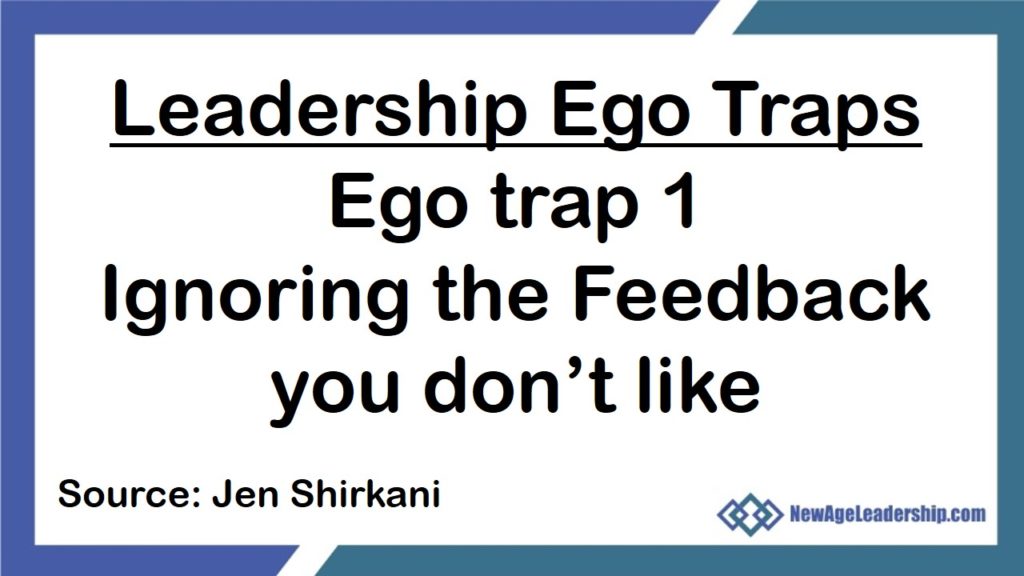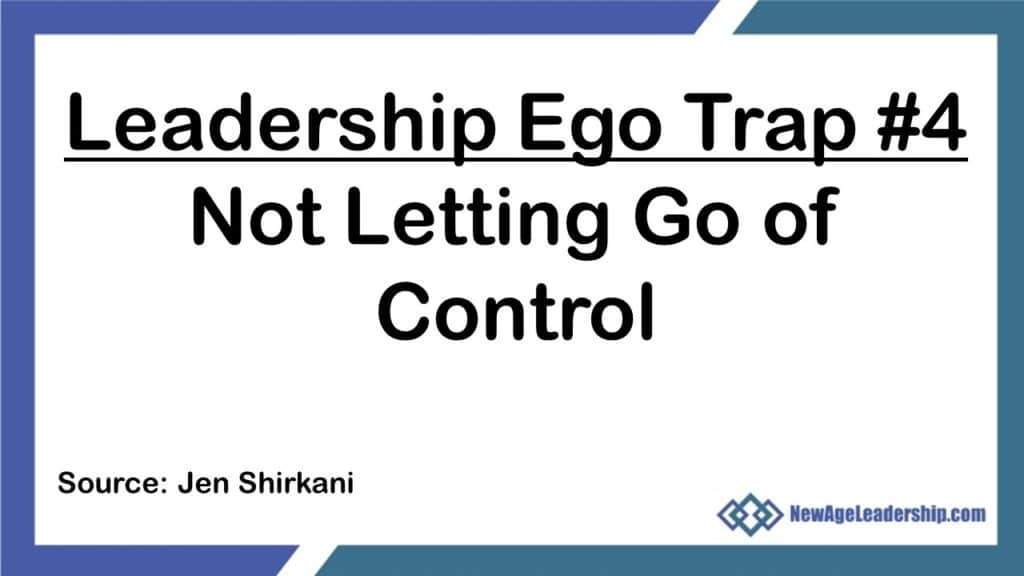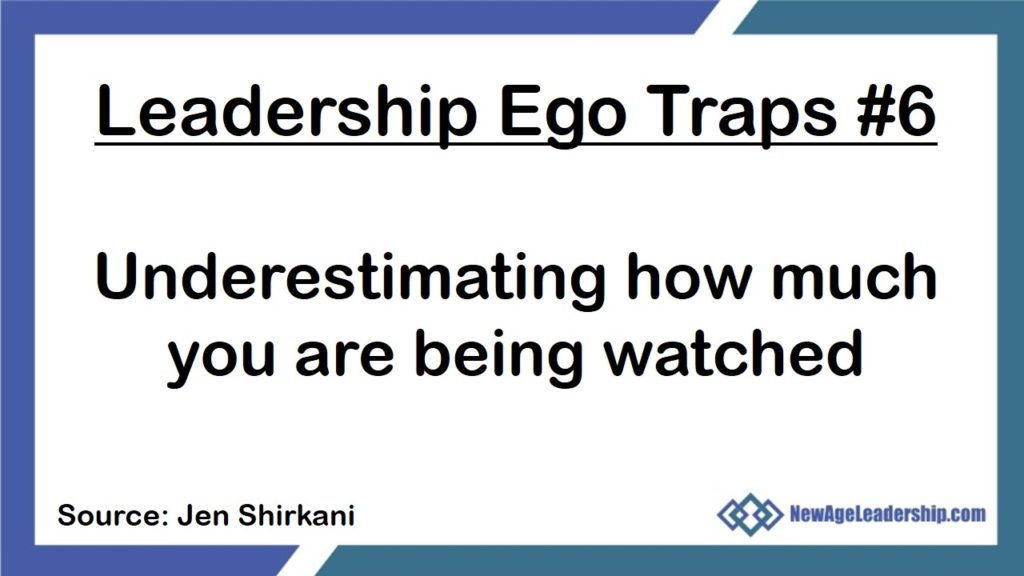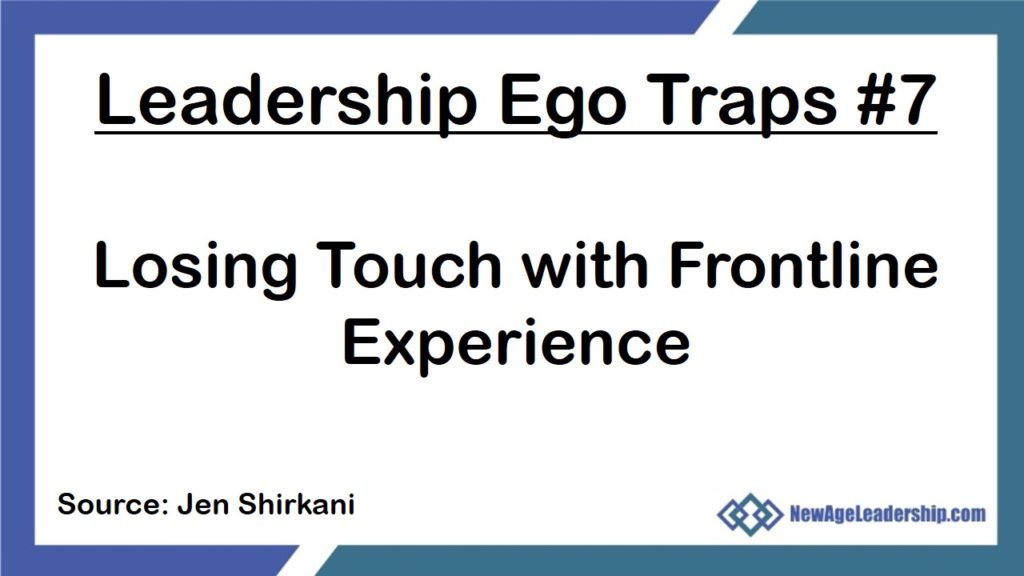What are the ego traps and Leadership Derailers leaders fall for?
Leadership in the 21st century is quite different from how leaders got results in the 20th century. The command and control paradigm has been replaced with inspire and empower. But there are residues of the 20th-century leadership paradigms and of control and power are still prevalent. Let’s call them the ego traps. Having too much ego can prove to be disastrous in one’s career growth and can be a derailing factor. A study by the Harvard Business Review also suggests that two out of every five CEOs fail in their initial months of leading an organization.
In her book “EGO vs. EQ” Jen Shirkani rightly points out those leaders who become successful in taking their career paths ahead are those who manage the ego traps using their emotional intelligence.
Read: What Got You Here Won’t Get You There-Marshall Goldsmith-Book summary
Who makes a good leader?
In today’s VUCA (Volatile, Uncertain, Complex, Ambiguous) business world, a leader’s role is more as a facilitator, and not as the person with the most knowledge or expertise. In a fast-changing world, it is simply not possible. A leader’s job is to inspire and facilitate the best performance from the entire team. To do that, the leader needs to keep her ego traps in check.

The 8 Ego Traps:
According to Jen Shirkani, below mentioned are the eight common ego traps that most leaders fall into:
Ego Trap One: Ignoring Feedback You Don’t Like:

For leaders to have an insight into where they stand, they need to learn to accept and hear the truth as it is. It can often be hard for someone to hear negative feedback even if it stands true about them. What drags them into the trap is ignoring such honest feedback that can be unpleasant for the leader, but that provides the leader with ample opportunities to improve and develop. The leader’s inability to take such honest and constructive feedback drags them into an ego trap.
Ego Trap Two: Believing Your Technical Skills Trump Your Leadership Skills:

It is a common misconception that only technical skills play a crucial role as one moves up the hierarchy. As an executive, one needs to have technical skills and abilities, but leadership skills are even more important. For becoming a good leader, one must understand the need for having what Shirkani calls ‘Emotional intelligence.’ Self-awareness, self-control, and empathy are some of the common skills that a good leader must possess. Relying solely on technical skills is disastrous for a leader’s performance and career.
Ego Trap Three: Surrounding Yourself with More of You:

It is often challenging when trying to build a good executive team. Good leaders can see strengths, vision, and zeal in candidates that are different from that of their own way of thinking. People with varying values, strengths, and thoughts try to bring the best solutions in the way they think and often be challenging. Avoiding this factor could put your Organization at risk of having more blind spots resulting from surrounding yourself with more of you. This is likely to prevent you from foreseeing the challenges because your team’s vision is the same as that yours.
Read: Diversity and inclusion at the workplace
Ego Trap Four: Not Letting Go of Control:

A leader getting involved in his subordinates’ work and overseeing their work may believe it to be a helping hand which in reality is not. What they expect out of their superior is not the helping hand rather “the need for a leader.” By letting certain minor things come their way, a leader lets himself/herself go out of control by pushing away the major responsibilities that are expected of them. This, therefore, makes the leader fall into the ego trap four: Not letting go out of control.
Ego Trap Five: Being Blind to Your Downstream Impact:

This ego trap arises as a result of “Prioritizing one’s own needs over the needs of the others and the Organization at large.” Such a leader will not know the consequences of their decisions and their effects on others. The most common attributes or characteristics of leaders becoming prey to this type of ego include- shifting their priorities, deviating from their set goals or objectives, lack of uniformity in the way they work, scheduling last-minute meetings, etc. As a result, Employees feel disrespected and become dissatisfied.
Ego Trap Six: Underestimating How Much You’re Being Watched:

Leaders are constantly being watched by the employees and subordinates. The way leaders present themselves is often followed by their subordinates. They tend to follow the leader’s manners, conduct, even writing or presentation style. Following or reciprocating their style is not a bad thing. But as a leader, one must not underestimate it or give a negative connotation to it. As a leader, one must not be under the impression that “there exist different rules for all.” Being a leader and an employee, the duty is to lead the team and believe that the team is watching him/her.
Ego Trap Seven: Losing Touch with the Front Line Experience:

A leader is said to have fallen into this trap when he/she is totally disconnected from the team. It forms a wide parity between the front-line environment and the physical environment. Lack of connection with the team, no proper communication, etc., happens due to the same. As a senior executive, it is all too easy to become disconnected from the troops. A common sign of this ego trap is ‘having employees working in locations that have never been visited.’
Help your leader’s overcome their ego traps with leadership coaching
Ego Trap Eight: Relapsing Back to Your Old Ways:

The greatest ego trap is what we call “ego relapse.” This is the most dangerous ego trap that pushes a leader into a pitfall. This ego trap occurs when a leader shifts from “high-ego to high-EQ behavior,” thereby projecting his/her potential to be self-aware, empathetic, and self-disciplined—only to slip or fall back into the same high-ego behavior displayed in the past. The most common sign of this ego trap is that the leader knows best when to act mindful and jump back to his previous choices. By doing so, a leader is under the trap of Relapsing and is losing the employee’s trust and worth.
A person at the top of the hierarchy believes that skills and hard work alone are important factors. Falling into such an ego trap will always result in employee disengagement, lowered morale, increased turnover, or decreased motivation.

NAL Triple Advantage Leadership Coaching
That delivers guaranteed and measurable leadership growth. It is based on a stakeholder centered coaching process with a 95% effectiveness rate (in a study of 11000 leaders on 4 continents). It is used by companies ranging from startups to 150 of the Fortune 500 companies to develop their leaders.
Here are some of the salient benefits of NAL Triple Advantage Leadership Coaching
Time and resource-efficient: The leader does not have to leave work to attend training programs. We go to the leader and her team. And it only takes 1.5 hours per month. The rest of the time, the leader is working to implement with her team.
Separate and customized improvement areas for each leader: Every leader is different. One size fits all approach doesn’t work. Individual development areas for each leader aligned to the business strategy.
Involves entire team: Unlike most leadership programs, NAL Triple Advantage Leadership Coaching involves the leader’s entire team, and it has a cascading effect – increasing the team effectiveness and improving organizational culture.
The leader becomes the coach: for continuous improvement for leaders themselves and their teams. It is like kaizen for your leadership development.
Cost-Effective: Our entire one-year coaching engagement often costs less than sending the leader to a short duration leadership program at any reputed B school.
Guaranteed and measurable leadership growth: as assessed – not by us – but anonymously rated by the leader’s own team members.
Pay us only after we deliver results! : We work with many of our clients on a pay for results basis. What does it mean? If the leaders don’t improve, you don’t have to pay us.
Schedule an exploratory 15-minute conversation with our leadership adviser today
References



0 Comments